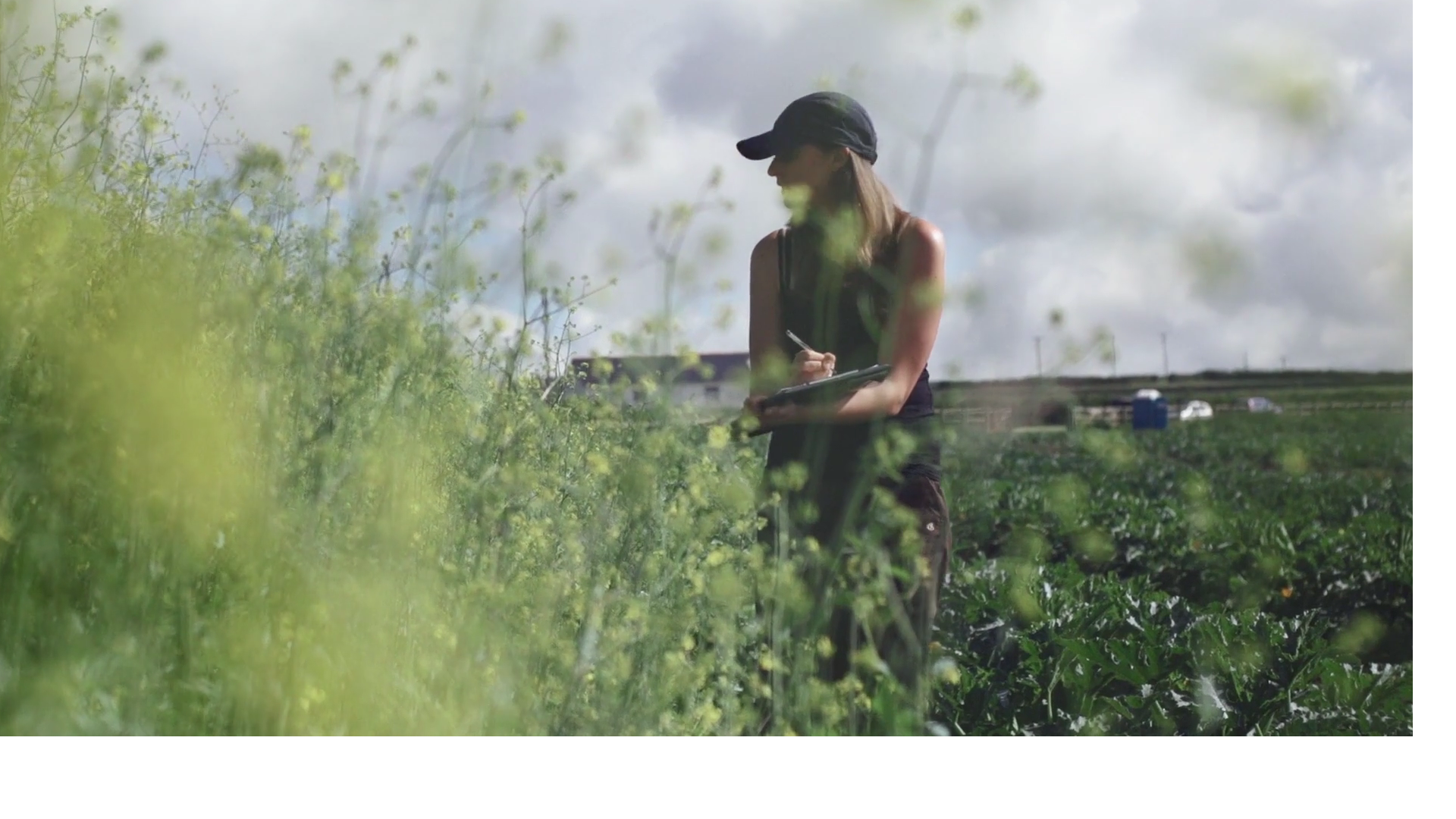Please click here to access the main AHDB website and other sectors.
‘Bee-lief’ in wildflowers’ value to courgette pollination
Monday, 26 November 2018
An AHDB funded PhD has revealed the value of pollination services to courgettes, finding that wildflower field margins can improve bee species’ work, while aiding their conservation.
The study discovered that with pollinator insects like honey bees and buff-tailed bumblebees present, crop yields were 39 per cent higher than when they were excluded. That additional yield could have been worth £3.6 million to the 2017 courgette crop, with pollination services valued around £3,400 a hectare.
Results showed there was no significant difference in crop yield when humans pollinated each flower by hand compared to natural levels of pollination, showing how effective bees are with zero labour costs.
Wildflowers are essential for maintaining healthy bee populations and in courgette field margins, they were shown to attract bees into the crop, helping to provide stable long-term services across growers’ land.
This understanding enables growers to make informed planting decisions, which benefit both crop yield, bee population levels and the environment, before the 2019-growing season begins.
The research was led by Dr Jessica Knapp from the University of Exeter who said: “We set out to develop a clear understanding of courgette pollinators’ behaviour and the crop’s requirement for pollination. These findings could also relate to all crops within the cucurbit family, such as pumpkins, watermelon, and cucumber.
“Early season courgette crops flower when bumblebee foragers are most active, which boosts the number of pollinators in the crop. Bumblebees also loosely carry pollen grains on their bodies, aiding pollination as they make visits from flower to flower.
“Notably, wildflower field margins did not create a distraction to bees’ pollination work. They are an effective way of attracting pollinators into courgette fields and will help to conserve these important agricultural species.”
Courgette nectar and pollen measurements were taken to simulate bee population dynamics in ‘virtual landscapes’ with courgette fields present, using a bumblebee population model called BEE-STEWARD.
Pollination rates and the abundance and diversity of pollinators were measured across 23 different study sites with most based in Cornwall, and some in Worcestershire and Cambridgeshire.
The PhD research also showed:
- Honeybees (Apis mellifera) and buff-tailed bumblebees (Bombus terrestris) are the most abundant pollinators of courgette
- Bumblebees have an equal preference for visiting male and female courgette flowers and carried more loose pollen grains than honeybees and, therefore, are likely to be more effective pollinators of courgette
- Bumblebees showed a preference for courgette flowers in the morning, when flowers are open, before switching to flowers on the field margin in the afternoon when courgette flowers are closed
- Crop flowering coincides with when bumblebee foragers are most active, increasing the potential for pollination
- Bees do not take courgette pollen back to their colonies, which is good news for pollination as the pollen is kept loose on the bees’ bodies
- Model simulations showed courgettes’ abundant nectar was able to improve bumblebee populations’, however, bees can only benefit from this transient nectar source if alternative floral resources, particularly pollen, are also available to fulfil bees’ nutritional requirements in space and time.
- Bumblebees were found to be most abundant in fields with more wildflowers present. These fields also supported other pollinators like solitary bees which, whilst not key pollinators of courgettes, are key pollinators of other crops. This is important for mixed and rotational crop farms systems
- There was no evidence that commercially managed colonies of buff-tailed bumblebees (B. terrestris) increase courgette yield. This was likely due to there being already very high numbers of wild pollinators at sites
The BEE-STEWARD software can be downloaded from: http://beehave-model.net/
The courgette value and planted area was taken from the provisional 2017 gov.uk Horticulture statistics when 1,066 hectares of courgettes were planted.
Photo credits: John Freddy Jones. Daphne Wong.



